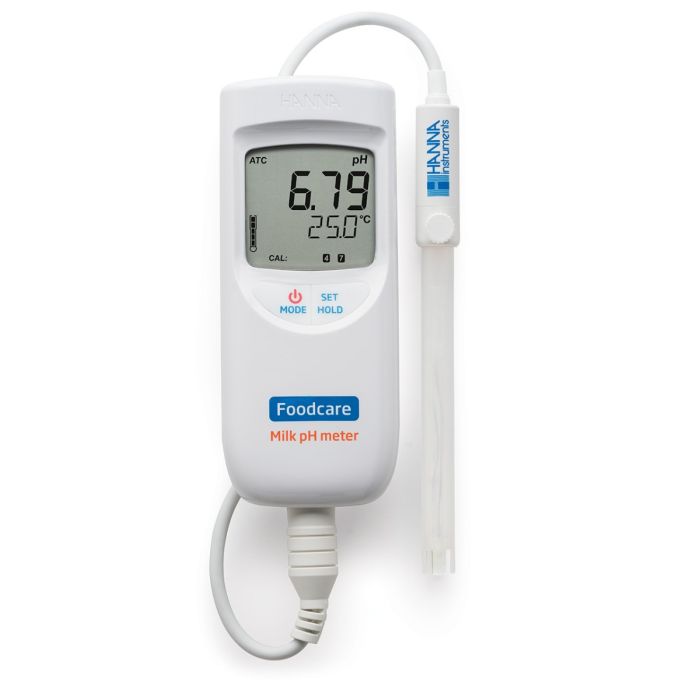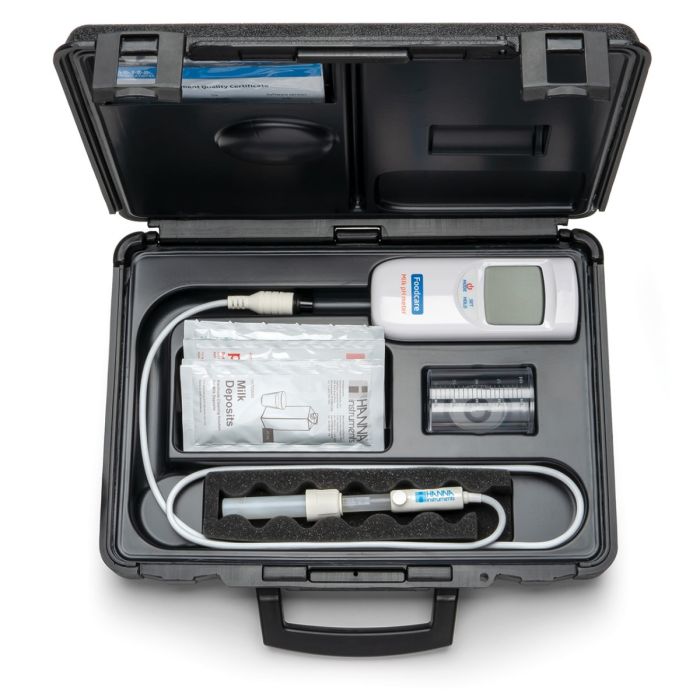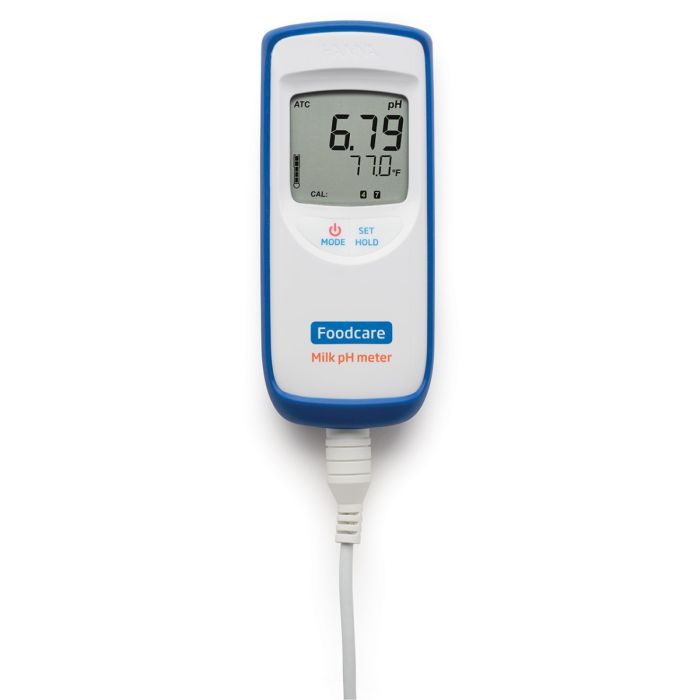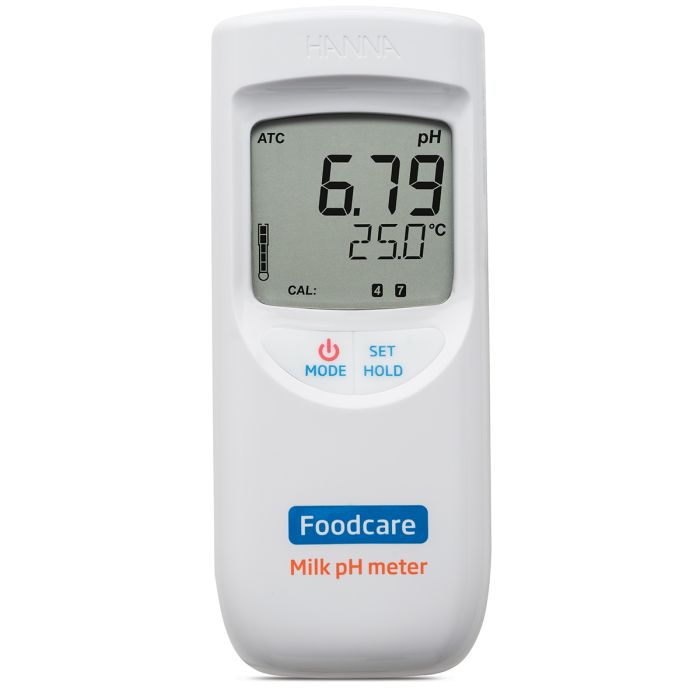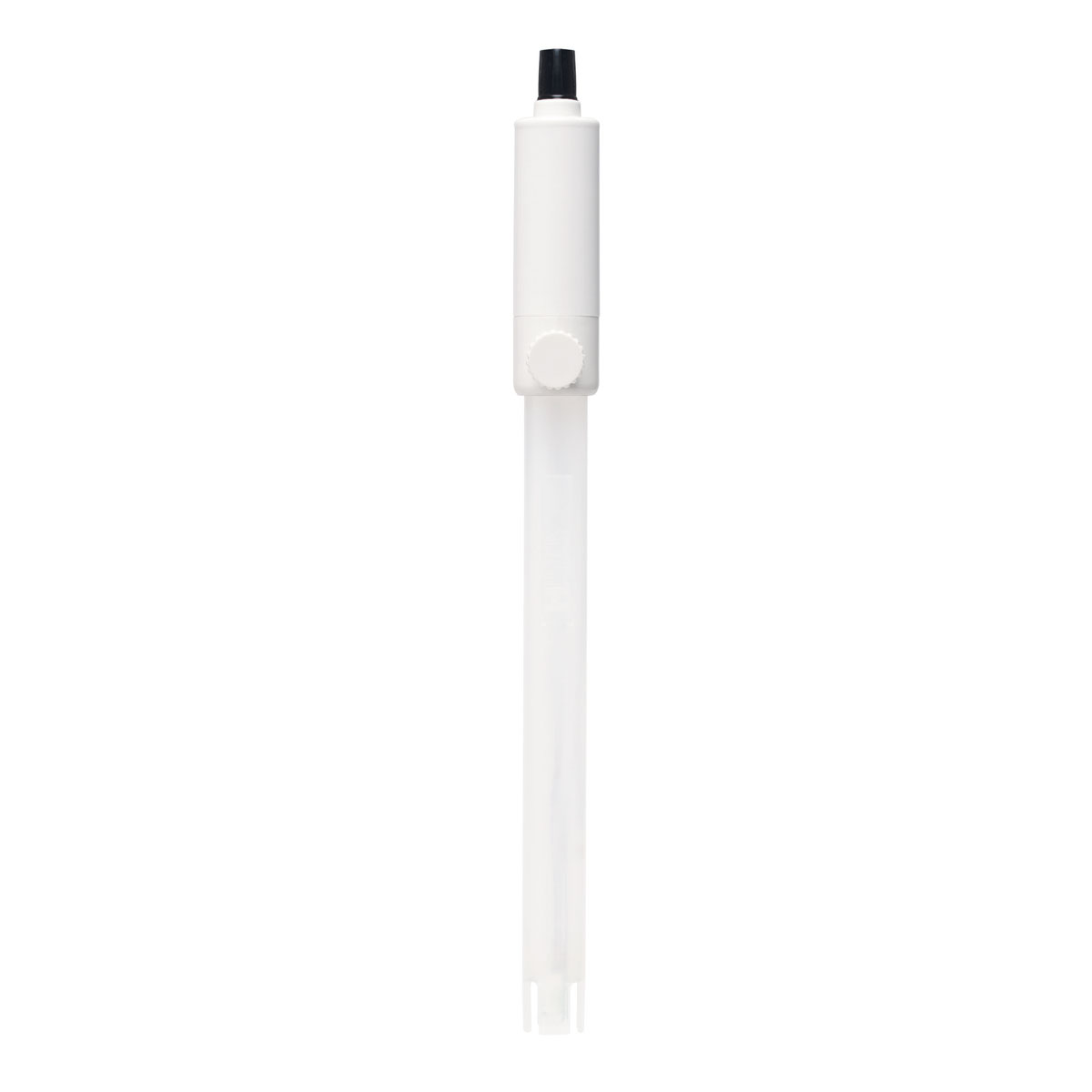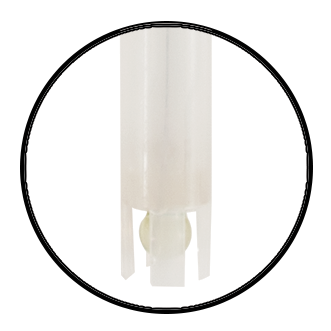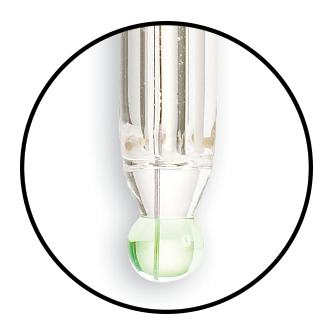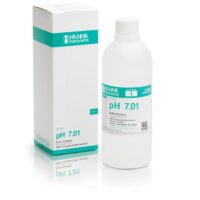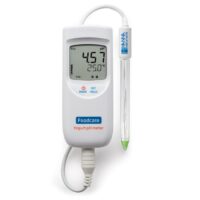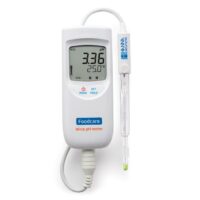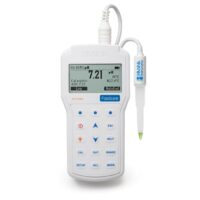Description
The measurement of pH in milk is important in testing for impurities, spoilage, and signs of mastitis infection. While there are a number of factors that affect the composition of milk, pH measurements can help producers understand what might be causing certain compositional changes. pH measurement is commonly performed at various points in a milk processing plant. Fresh milk has a pH value of 6.7. When the pH value of the milk falls below pH 6.7, it typically indicates spoilage by bacterial degradation. Bacteria from the family of Lactobacillaceae are lactic acid bacteria (LAB) responsible for the breakdown of the lactose in milk to form lactic acid. Eventually when the milk reaches an acidic enough pH, coagulation or curdling will occur along with the characteristic smell and taste of “sour” milk.
Milk with pH values higher than pH 6.7 potentially indicate that the milk may have come from cows with a mastitis infection. Mastitis is an ever-present challenge with dairy milking cows. When infected, the cow’s immune system releases histamine and other compounds in response to the infection. There is a resulting increase in permeability of endothelial and epithelial cell layers, allowing blood components to pass through a paracellular pathway. Sinceblood plasma is slightly alkaline, the resulting pH of milk will be higher than normal. Typically milk producers can perform a somatic cell count to detect a mastitis infection, but a pH measurement offers a quick way to screen for infection.
Understanding the pH of raw milk can also help producers optimize their processing techniques. For example, in operations that use Ultra High Temperature (UHT) processing, even small variations from pH 6.7 can affect the time required for pasteurization and the stability of the milk after treatment.
The HI99162 uses the FC1013 amplified pH electrode with PVDF body. This specialized electrode offers numerous features that improve pH testing for milk producers. An integrated temperature sensor allows for temperature compensated pH measurements without the need for a separate temperature probe. The contact between the bulb’s large surface area and the milk sample ensures a stable calibration and measurement.
An integral part of any pH electrode is the reference junction. The reference junction is a part of the electrode that allows for the flow of ions located in the reference cell into the sample being tested. It is vital that this flow occurs in order to complete an electrical circuit, which ultimately determines the pH value. Any clogging of the junction will prevent completion of the circuit, resulting in readings that are erratic or constantly drifting.
The FC1013 probe utilizes a secondary reference chamber with ceramic outer junction allowing aqueous silver free electrolyte to flow slowly through the porous ceramic frit providing accurate readings for aqueous samples.
The durable PVDF body of the FC1013 ensures pH measurements can be safely taken on the dairy farm or production floor. The components of the electrode are also able to withstand a wider range of temperatures to allow for accuracy during stages such as pasteurization, which requires heating to temperatures near 72℃ (161℉).
PVDF Body
The food grade, PVDF body of the FC1013 is chemically resistant and durable for accurate, portable measurements.
Spheric Glass Tip
A large surface area provides optimal contact between the sensing bulb and aqueous milk sample.
Built-In Temperature Sensor
Errors in calibration and measurement are eliminated with the Automatic Temperature Compensation provided by the integrated temperature sensor.
Features at-a-glance
Waterproof – The HI99162 is a waterproof meter rated IP67 for immersion in up to one meter of water for 30 minutes.
Automatic Calibration – One or two-point calibration is automatic to two selectable buffer sets.
Automatic Temperature Compensation – An integrated temperature sensor allows for automatic temperature compensation of pH measurements.
Multi-Level LCD Display – The split-level LCD displays both pH and temperature readings, along with indicators for reading stability, battery percentage, and calibration instructions.
On-Screen Tutorial – Clear tutorial messages and directions are available on-screen to quickly and easily guide users through setup and calibration.
Battery Error Prevention System – The meter will automatically shut off if there isn’t enough power to obtain an accurate measurement.
Battery Life Indicator – The battery percent level is displayed at start up alerting the user to the remaining battery power that is available.
Ordering Info
HI99162 is supplied with FC1013 pH probe with internal temperature sensor, HI70004 pH 4.01 buffer sachet (20 mL), HI70007 pH 7.01 buffer sachet (20 mL), HI700640 electrode cleaning solution for milk deposits sachets (2 x 20 mL), batteries, calibration certificate for meter and probe, instruction manual, and rugged thermoformed carrying case.

